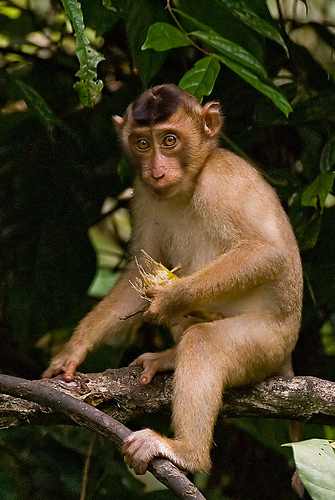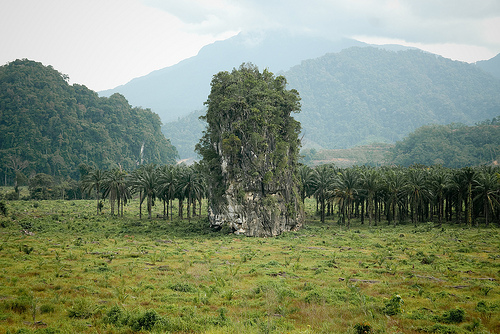The Asia Pacific Malaria Elimination Network (APMEN) has announced two new Partner Institutions have joined the organization: The Mahidol Vivax Research Center and the Malaria Research Centre, Universiti Malaysia Sarawak.
The Mahidol Vivax Research Center (MVRC) established in March 2011 is dedicated to the study of Plasmodium vivax and non falciparum malaria. Its establishment at Mahidol University in Thailand is important to the region, as Mahidol has a long record in the field of tropical disease medicine and research. Mahidol Vivax Research Center was initiated by the Dean of the Faculty of Tropical Medicine, Mahidol University, Associate Professor Pratap Singhasivanon and is directed by Dr. Jetsumon Prachumsri, formerly the leader of malaria research at the Armed Forces Research Institutes of Medical Sciences (AFRIMS) and APMEN Partner Institution representative.
The Malaria Research Centre was established at the Universiti Malaysia Sarawak in 2006 in recognition of the major contribution to malaria research by Professor Balbir Singh, Professor Janet Cox-Singh, and co-researchers at the Malaria Research Laboratory in the Faculty of Medicine and Health Sciences. MRC-UNIMAS is known for its work on Plasmodium knowlesi that was recognised by the World Health Organization (WHO) in 2008 as the fifth species of Plasmodia parasite to infect humans in the wild.
MRC-UNIMAS found that many malaria infections in Sarawak, Malaysia, had been incorrectly diagnosed and a major cause of malaria was Plasmodium knowlesi that is transmitted via the bit of an Anopheline mosquito from long-tail and pig-tail macaques. P knowlesi has also been reported in other parts of Malaysia, Indonesia, and Philippines and may be endemic in more countries in Southeast Asia. The final elimination of malaria in the Asia Pacific region will depend on a greater understanding of P knowlesi and how we can target this zoonosis.
The Malaria Research Centre, Universiti Malaysia Sarawak and the Mahidol Vivax Research Center have already supported APMEN through their active participation at last year’s annual meeting in Kota Kinabalu, Malaysia.
The fourth annual APMEN Annual Meeting will be held in May 2012 in Seoul, Republic of Korea. This year’s meeting will focus on how to sustain the gains made in the elimination of malaria and the importance in the coming years of maintaining successful approaches and their support. The region has many challenges to face in malaria elimination, in particular P. vivax, a type of malaria that is more difficult to diagnose and treat than P falciparum, the type of malaria most often discussed at a global level. APMEN through its information exchange, capacity building, and evidence building and advocacy activities is committed to supporting and maintaining elimination efforts in the Asia Pacific Region.
About the Asia Pacific Malaria Elimination Network
The Asia Pacific Malaria Elimination Network (APMEN) was established in 2009 to bring attention and support to the under-appreciated and little-known work of malaria elimination in Asia Pacific, with a particular focus on Plasmodium vivax.
APMEN is composed of 12 Asia Pacific countries (Bhutan, Cambodia, China, Democratic People’s Republic of Korea, Indonesia, Malaysia, Philippines, Republic of Korea, the Solomon Islands, Sri Lanka, Thailand, and Vanuatu) that are pursuing malaria elimination, as well as leaders and experts from key multilateral and academic agencies. The mission of this diverse but cohesive Network is to collaboratively address the unique challenges of malaria elimination in the region through leadership, advocacy, capacity building, knowledge exchange, and building the evidence base.
Development of the Network took place in 2008 through the leadership of the UCSF Global Health Group (GHG) and the School of Population Health, University of Queensland (SPH/UQ). APMEN collaborates closely with the WHO and is supported by the Australian Government through its international aid agency AusAID with a commitment of nearly $7 million for ongoing support to the Network. This complements Australia’s overall support for malaria control and elimination in the Asia Pacific and globally.

